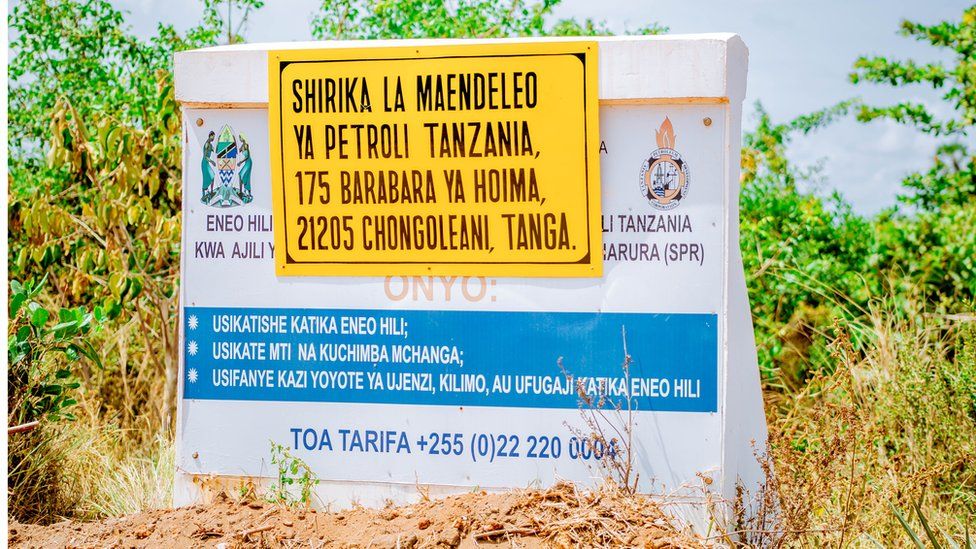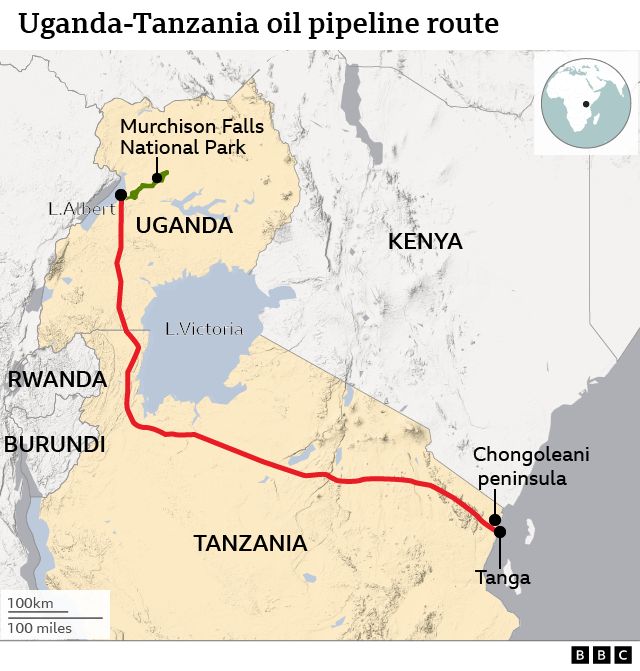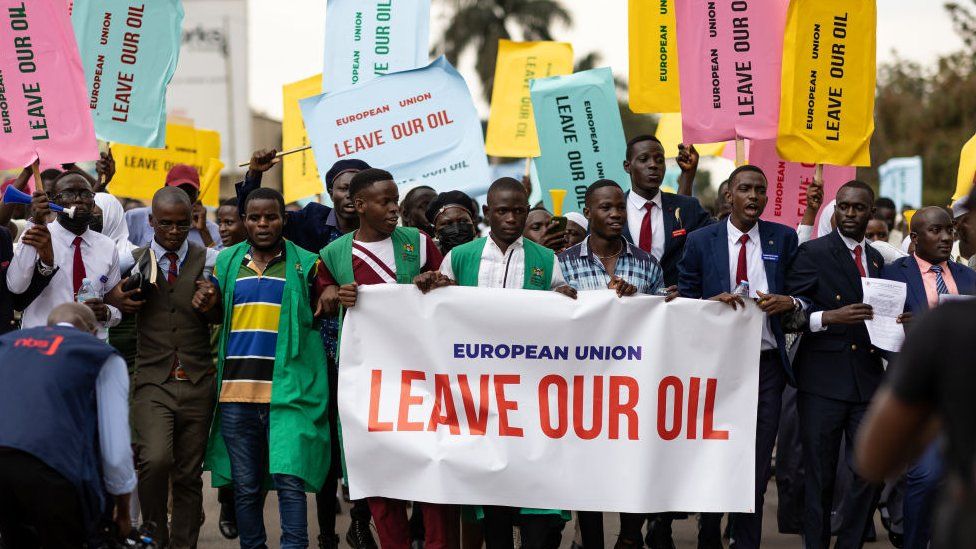Research sheds light on Japan’s wartime espionage network inside the United States
SEPTEMBER 26, 2022
 MUCH HAS BEEN WRITTEN about the wartime intelligence exploits of the Allies against Japan. Such exploits range from the United States’ success in breaking the Japanese JN-25 naval code, to the extensive operations of the Soviet Union’s military intelligence networks in Tokyo. In contrast, very little is known about Japan’s intelligence performance against the Allies in the interwar years, as well as after 1941. Now a new paper by an international team or researchers sheds light on this little-studied aspect of intelligence history.
MUCH HAS BEEN WRITTEN about the wartime intelligence exploits of the Allies against Japan. Such exploits range from the United States’ success in breaking the Japanese JN-25 naval code, to the extensive operations of the Soviet Union’s military intelligence networks in Tokyo. In contrast, very little is known about Japan’s intelligence performance against the Allies in the interwar years, as well as after 1941. Now a new paper by an international team or researchers sheds light on this little-studied aspect of intelligence history.
The researchers, Ron Drabkin, visiting scholar at the University of Notre Dame, K. Kusunoki, of the Japan Maritime Self-Defence Force, and Bradley W. Hart, associate professor at California State University, Fresno, published their work on September 22 in the peer-reviewed journal Intelligence and National Security. Their well-written article is entitled “Agents,  Attachés, and Intelligence Failures: The Imperial Japanese Navy’s Efforts to Establish Espionage Networks in the United States Before Pearl Harbor”.
Attachés, and Intelligence Failures: The Imperial Japanese Navy’s Efforts to Establish Espionage Networks in the United States Before Pearl Harbor”.
The authors acknowledge that the history of the intelligence efforts of the Imperial Japanese Navy (IJN) has received very little attention by scholars. Consequently, it remains unexplored even in Japan, let alone in the international scholarship on intelligence. There are two main reasons for that. To begin with, the IJN systematically destroyed its intelligence files in the months leading to Japan’s official surrender in 1945. Then, following the war, fearing being implicated in war crimes trials, few of its undercover operatives voluntarily revealed their prior involvement in intelligence work.
Luckily, however, the past decade has seen the declassification of a number of Federal Bureau of Investigation (FBI) counterintelligence files relating to Japanese intelligence operations targeting the United States. Most of these files date from the 1930s and early 1940s. Additionally, a number of related documents have been declassified by the government of Mexico, which is important, given that Mexico was a major base for Japanese intelligence operations targeting the United States.
What do these files show? According to Drabkin, Kusunoki and Hart, the IJN’s spies were able to obtain secrets relating to the military capabilities of the United States during the interwar years. These included “significant amounts of information” on American weapons systems and military tactics. However, such successes were rare. On balance, the authors state that IJN intelligence activities in the United States were “fraught with problems”. These were partly rooted in the deep skepticism about the value of espionage among the leadership of the IJN. The latter generally regarded human intelligence (HUMINT) as ungentlemanly and “nearly heretical”. Put simply, the upper echelons of the IJN “had little interest in intelligence”.
Yet the IJN did launch a number of espionage operations on American soil, though these were usually individual initiatives launched by intelligence-oriented mid-ranking officials, including naval attachés. Most IJN case officers and spies tasked with collecting intelligence on the United States were located in Hawaii, the West Coast and Mexico. They were able  to recruit “a small number of American and British agents”, most of whom were used as so-called ‘sleeper agents’, and were thus kept mostly dormant in anticipation of a possible war between Japan and the United States. Few of them, however, were able to become fully operational prior to being arrested by American or Mexican counterintelligence.
to recruit “a small number of American and British agents”, most of whom were used as so-called ‘sleeper agents’, and were thus kept mostly dormant in anticipation of a possible war between Japan and the United States. Few of them, however, were able to become fully operational prior to being arrested by American or Mexican counterintelligence.
Mexico City was undoubtedly the primary hub of Japanese naval intelligence operations in the Americas. The Japanese embassy there hosted an IJN intelligence radio team, as well as a sizeable group of case officers who had systematically recruited Mexican agents with the purpose of infiltrating the United States. However, Tokyo had completely miscalculated the intentions of the Mexican government. The Japanese saw Mexico as a sworn enemy of the United States. That turned out not to be the case. Instead, the day after the Pearl Harbor attack, Mexico broke off diplomatic relations with Japan, shut down the Japanese embassy and promptly rounded up the IJN spy network.
The IJN spy network inside the United States did not fare much better. Its case officers were severely under-trained in intelligence tradecraft. One of them had apparently “instructed his American agent to simply drop off confidential documents with his apartment doorman instead of using a dead drop or any other method of transmission”. Even the Hawaii-based Takeo Yoshikawa, the IJN intelligence officer who gave Tokyo invaluable information in preparation for the attack on Pearl Harbor, owed most of his HUMINT tradecraft knowledge to the writings of T.E. Lawrence (‘Lawrence of Arabia’), rather than to his IJN instructors.
The agents that the IJN case officers had managed to recruit inside the United States were fueled by substantial cash payments, rather than ideological sympathy for Japan. They apparently included “several alleged alcoholics who were caught bragging about their exploits”. Most of them were arrested by the FBI and the Office of Naval Intelligence in the months after the Japanese attack on Pearl Harbor. Consequently, the IJN was left with almost no HUMINT presence inside the United States once Washington entered the war.
The failure of the IJN to establish a durable espionage network on American soil was highly consequential, according to the authors. Not only did the absence of such a network leave Tokyo blind after 1941, but it also became one of a number of contributing factors to Japan’s defeat in the war.
► Author: Joseph Fitsanakis | Date: 26 September 2022 | Permalink








